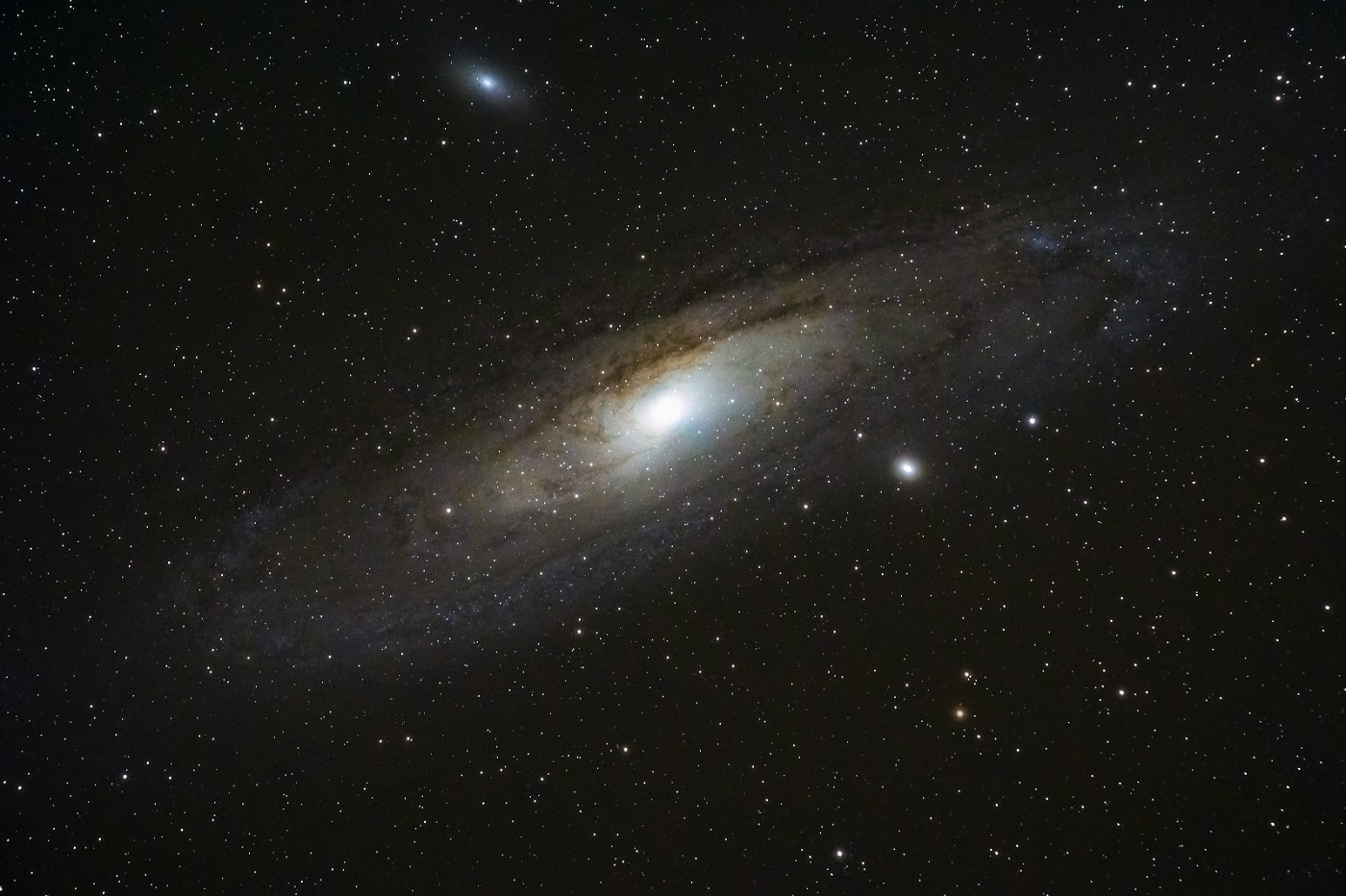
Photo by Guillermo Ferla on Unsplash
The Solar System, our celestial neighborhood, is filled with fascinating wonders that have captivated humanity for centuries. From the magnificent Sun at the center to the distant realms of icy giants and mysterious clouds, the Solar System is a treasure trove of knowledge and awe-inspiring discoveries. In this article, we will delve into 10 fun facts about the Solar System that will take you on a journey through space and ignite your curiosity about the universe that surrounds us.
Fun Facts About the Solar System
- Ancient Origins: The Solar System is estimated to be around 4.6 billion years old. It originated from a vast cloud of gas and dust called the solar nebula, which collapsed under its own gravity to form our Sun and its surrounding planets.
- Stellar Powerhouse: The Sun reigns supreme at the heart of the Solar System, containing over 99% of its total mass. This colossal star is so large that it could accommodate approximately 1.3 million Earths within its fiery embrace.
- Planet Parade: The Solar System boasts eight planets, each with its unique characteristics. Mercury holds the distinction of being the closest planet to the Sun, while Neptune claims the title of the farthest planet in our cosmic neighborhood.
- Pluto’s Reclassification: Once considered the ninth planet, Pluto was reclassified as a dwarf planet in 2006. Currently, there are five officially recognized dwarf planets within the Solar System, adding intrigue and diversity to our understanding of celestial bodies.
- Jupiter’s Stellar Entourage: Jupiter, the largest planet in the Solar System, is a captivating world that hosts its own mini solar system. With an impressive count of 79 known moons, Jupiter’s entourage of celestial companions contributes to its majestic presence.
- Saturn’s Enchanting Rings: Saturn, known for its mesmerizing beauty, showcases a spectacular ring system. These rings consist of billions of particles of ice and rock, creating an ethereal display that has enthralled scientists and stargazers alike.
- Ice Giants of the Outer Reaches: Uranus and Neptune, the outermost gas giants, are referred to as ice giants due to their composition. They consist of a mixture of water, ammonia, and methane ices, giving them their distinct characteristics.
- Exploring the Kuiper Belt: Beyond the orbit of Neptune lies the Kuiper Belt, a region teeming with icy objects. This region is home to comets and dwarf planets, providing valuable insights into the outer reaches of our Solar System.
- The Hypothetical Oort Cloud: The Oort Cloud, a theoretical cloud of icy objects, is believed to exist at the very edge of the Solar System. It is considered the potential source of many long-period comets that journey through our cosmic neighborhood.
- Voyager 1’s Interstellar Journey: Launched in 1977, the Voyager 1 spacecraft achieved a historic milestone in 2012. It became the first human-made object to venture into interstellar space, leaving our Solar System behind. Even today, Voyager 1 continues to transmit valuable data from a distance of approximately 14 billion miles away.

Photo by Bryan Goff on Unsplash